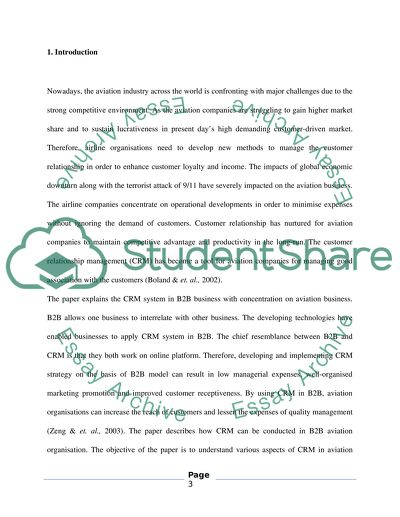Cite this document
(“Implementation of a Customer Relation Management System (CRM) in B2B Term Paper”, n.d.)
Retrieved from https://studentshare.org/marketing/1399142-implementation-of-a-customer-relation-management
Retrieved from https://studentshare.org/marketing/1399142-implementation-of-a-customer-relation-management
(Implementation of a Customer Relation Management System (CRM) in B2B Term Paper)
https://studentshare.org/marketing/1399142-implementation-of-a-customer-relation-management.
https://studentshare.org/marketing/1399142-implementation-of-a-customer-relation-management.
“Implementation of a Customer Relation Management System (CRM) in B2B Term Paper”, n.d. https://studentshare.org/marketing/1399142-implementation-of-a-customer-relation-management.


